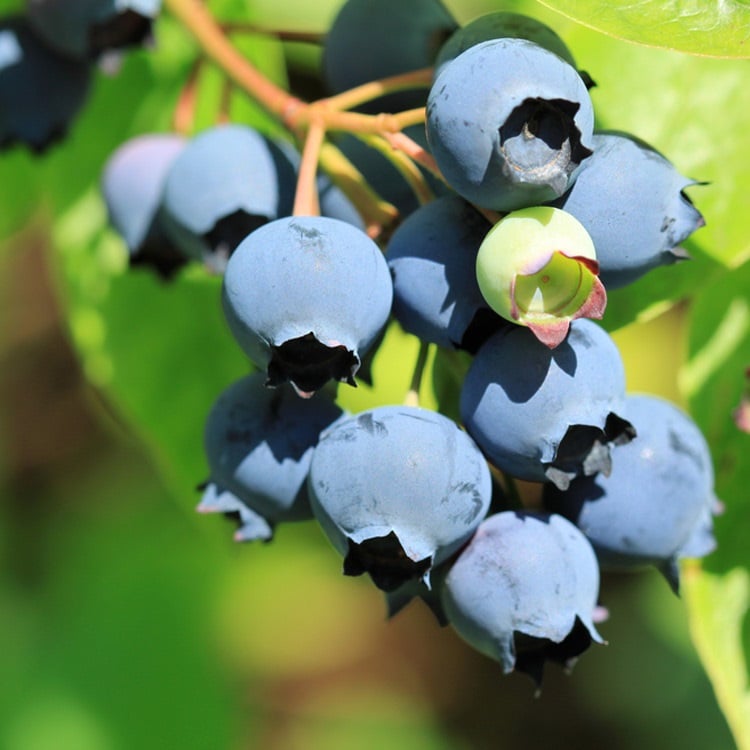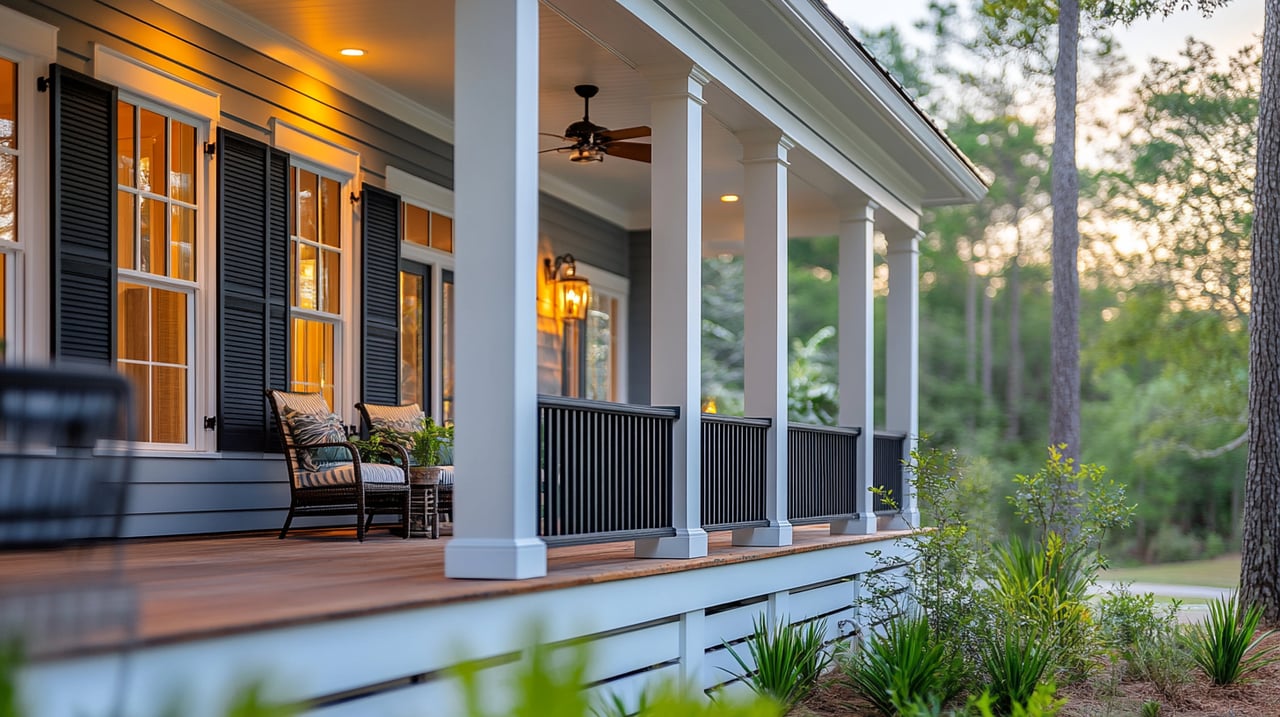“Berrying is a sort of sacrament, a communion – the not forbidden fruits, which no serpent tempts us to eat.” Henry David Thoreau, “Wild Fruit”
Blueberry season is upon us. And what speaks to summer more than the emergence of this native fruit in the field, on shelves in the market, or by the pint on the tailgate of a pickup truck parked by the side of the road? From late July to early September the arrival of this seasonal star occurs, reminding us all is right with the world, giving the illusion these long sweet hazy days will linger for a long, long time. Ah, the images that are conjured at the mere mention of this meek berry! – acres of golden fields dotted with little blue jewels, rows of high bush harboring small children with blue stained fingers and mostly empty pails, luscious fresh baked pies bubbling over with royal blue juices. Blueberries and images of summer go hand in hand. Is it because they taste like sweet sunshine? Or is it because of the memories made while procuring them and producing or enjoying their endless byproducts? Whatever! Hurrah, for the small but mighty blueberry!
Here in Maine, wild blueberries were born from the barrens left behind by the glaciers thousands of years ago. The cold winters and rocky, acidic soil proved to be ideal for this low bush blueberry to grow and thrive. Native Americans had a long tradition of sustainability that involved burning and pruning the crops to the ground every other year in order to have an abundance to harvest the next year, a practice which continues today. While native populations understood the blueberry’s many attributes, it wasn’t until after the Civil War that it made its way to popularity among the non-indigenous population. During the war, canned blueberries were sold to northern troops, who became quite fond of the delicious fruit, increasing the demand for the canned sweetness once home following the war. It was around this time, Jasper Wyman started a seafood canning company which he eventually shifted to wild blueberries, realizing the importance of this unique native crop. Over the years his family purchased thousands of acres of fields and blueberry barrens throughout northern Maine and continues to grow, process and freeze wild Maine blueberries.
While wild blueberries are quite challenging to grow in one’s own garden – there are many varieties of high bush blueberries that can be grown easily for great results and don’t require a glacier-cleared field for success! The shrubs can be found in most nurseries, prefer soil on the acidic side, but are not overly fussy, need little pruning, and are pretty much disease resistant. It is best to choose plants that are at least two to three years old and plant them in a sunny spot. Cover them with some netting to keep the birds off, and a magnificent crop of blue sweetness can be had for moderate amount of preparation and maintenance. And what fun when the harvest comes! The berries will ripen in succession over several weeks in clusters of five to eight - be sure to pick only the ones that are completely blue. Blueberries are easy to freeze if canning is not in the cards. Spread the loose berries out in a single layer on a cookie sheet (do not wash – that can occur when ready to use), take off any remaining leaves or stems, and place the full cookie sheet in the freezer. Once frozen, put them in freezer bags and pop back into the freezer right away, where they will keep for as long as a year.
Blueberries are known for their powerful antioxidant properties and the ways to use them are endless. So, eat that pie, devour that ice cream, slurp that smoothie! In August, check out Wild Blueberry Weekend where farms throughout Maine welcome the public to celebrate the wonderful berry through tours, demonstrations, and hands-on activities for folks of all ages. It is a great way to create some more wonderful blueberry-summer memories!


